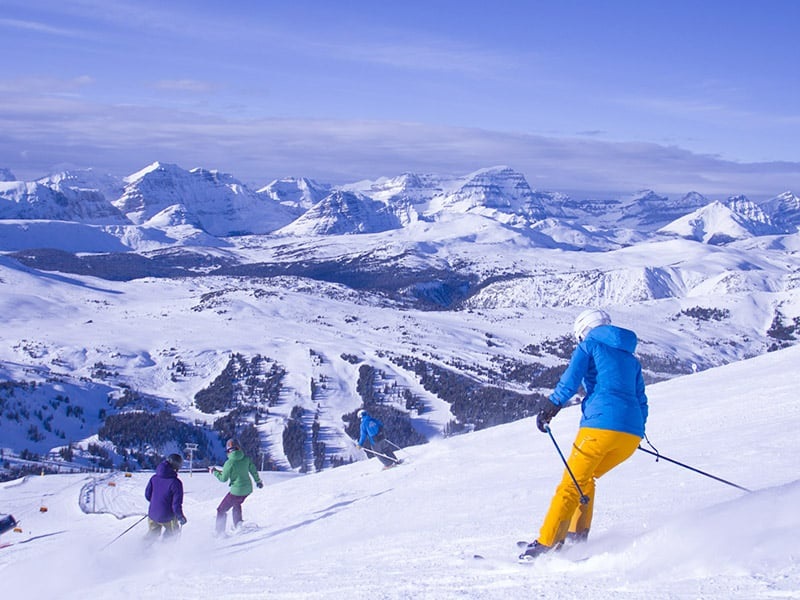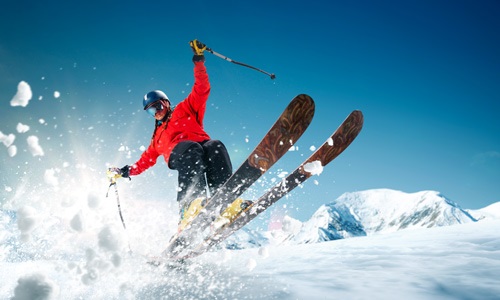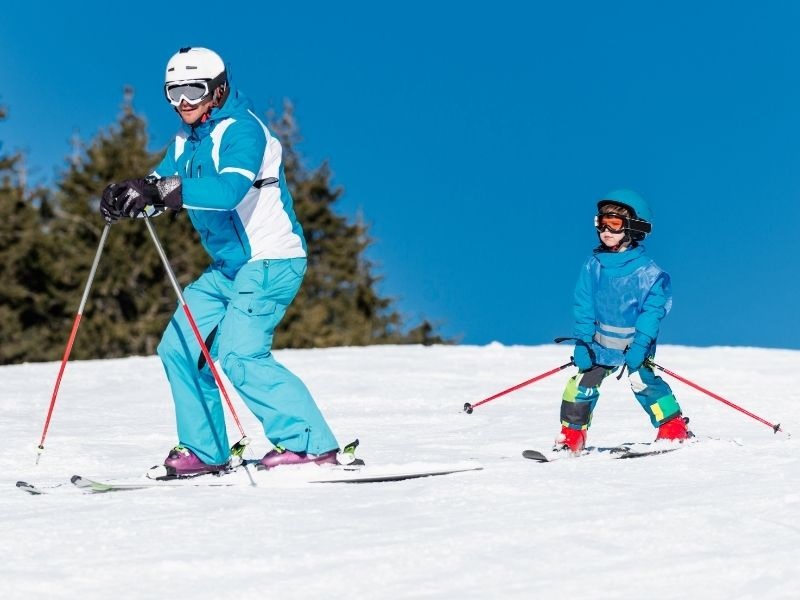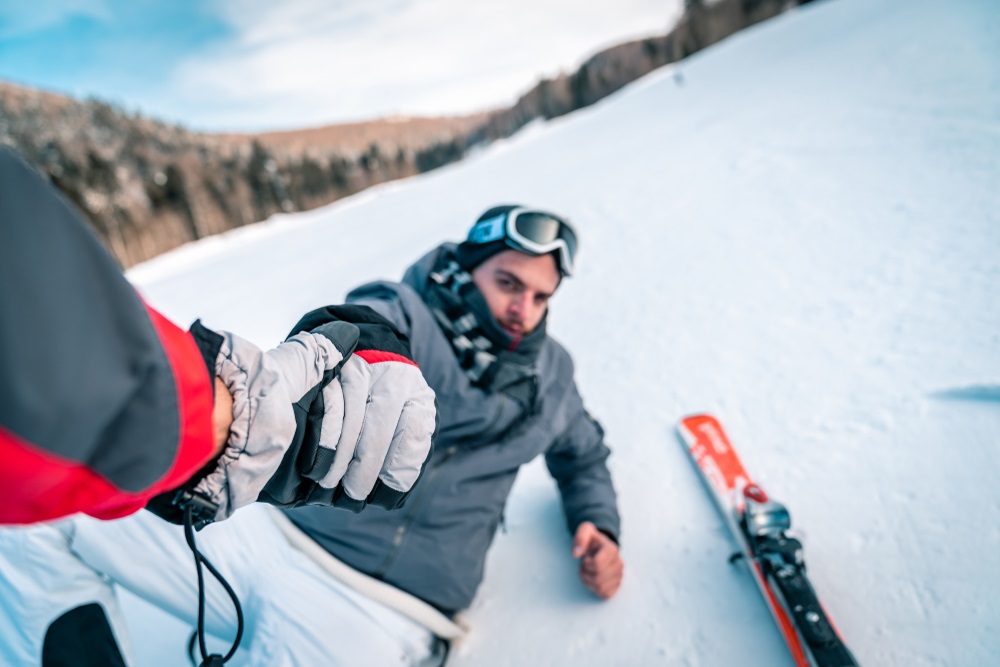A school ski trip can be a great way to bond with classmates, develop new skills, and experience the joys of winter sports. However, planning such a trip can be a daunting task. From choosing the right resort to ensuring everyone’s safety, there are many factors to consider. Here are some tips and tricks for planning the ultimate school ski trip:
Choose the Right Resort
When selecting a ski resort, there are several factors to consider. Look for a resort that caters to school groups, has a variety of ski runs for different skill levels, and offers additional activities such as ice skating, snowshoeing, and tubing. Consider the location of the resort and the cost of accommodations, as well as the availability of transportation options.
Arrange for Lessons and Rentals
Ensure that all students have the proper equipment and skills necessary to ski or snowboard safely. Consider arranging for lessons and rentals through the resort or a local ski shop. It’s important to ensure that all students have properly fitted equipment and understand how to use it.
Develop a Safety Plan
Safety is a top priority when it comes to school ski trips. Develop a safety plan that includes emergency contact information, first aid supplies, and a designated meeting place in case of separation. Make sure all students and chaperones understand and follow the safety plan.
Assign Chaperones
Assign chaperones to groups of students and make sure they have the necessary experience and training to supervise skiing activities. Chaperones should be aware of the safety plan and should have the ability to communicate with each other via radios or cell phones.
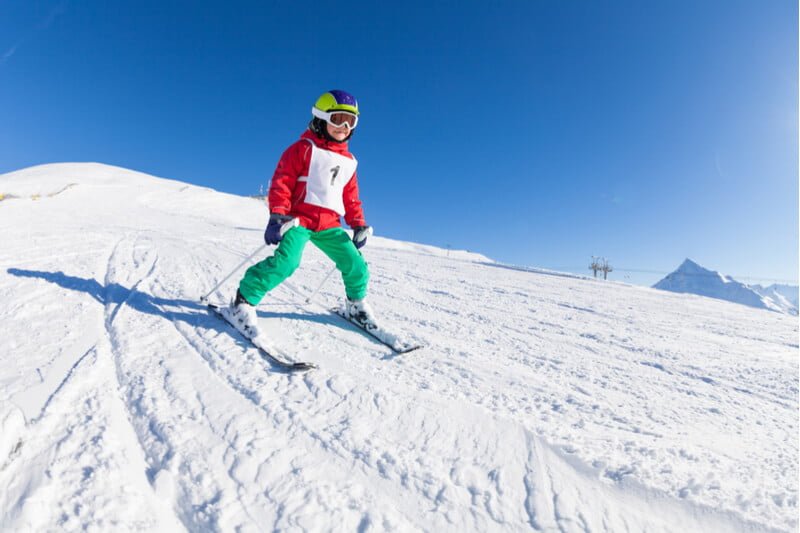
Establish Rules and Expectations
Establish clear rules and expectations for behavior both on and off the slopes. These rules should include guidelines for safe skiing, appropriate conduct in public areas, and consequences for rule violations. It’s important to communicate these rules to both students and chaperones before the trip.
Plan Additional Activities
In addition to skiing and snowboarding, plan additional activities that allow students to experience the local culture and attractions. These activities can include visits to museums, cultural events, and local restaurants. This will provide a well-rounded experience for students and help them appreciate the destination beyond just skiing.

